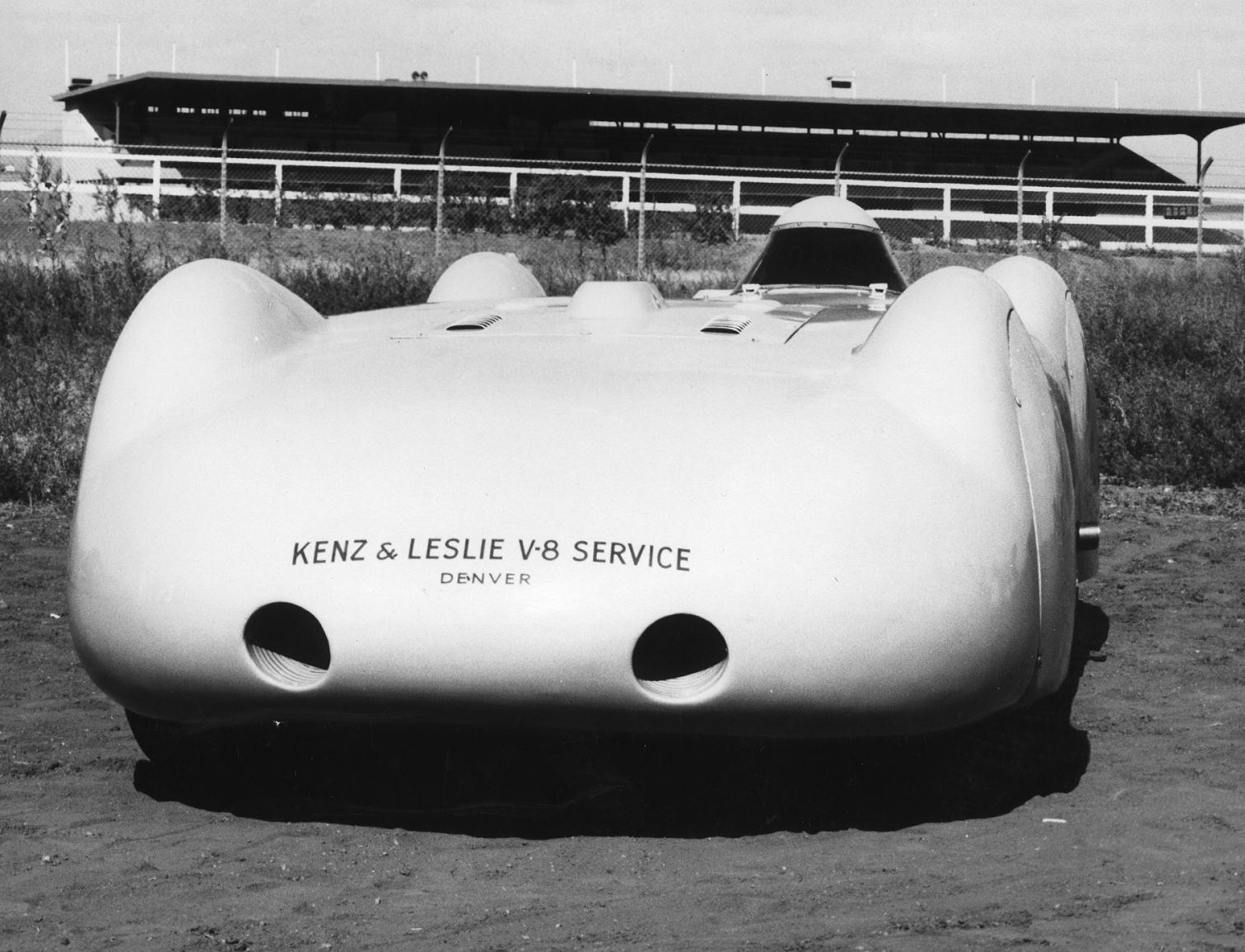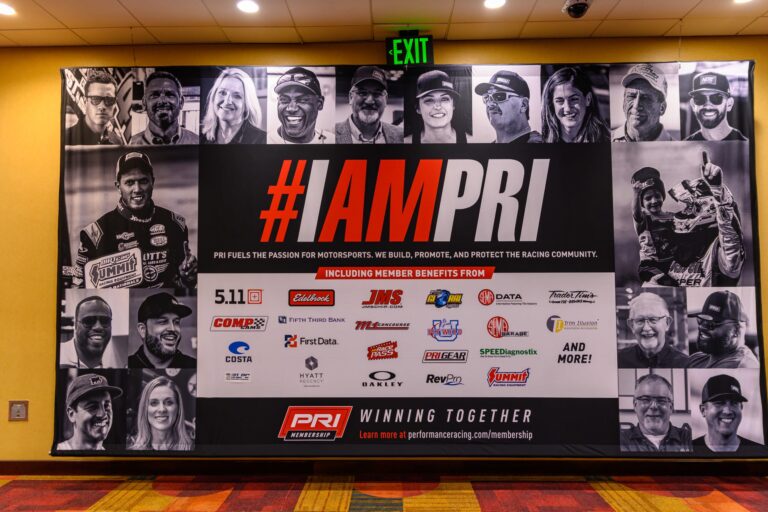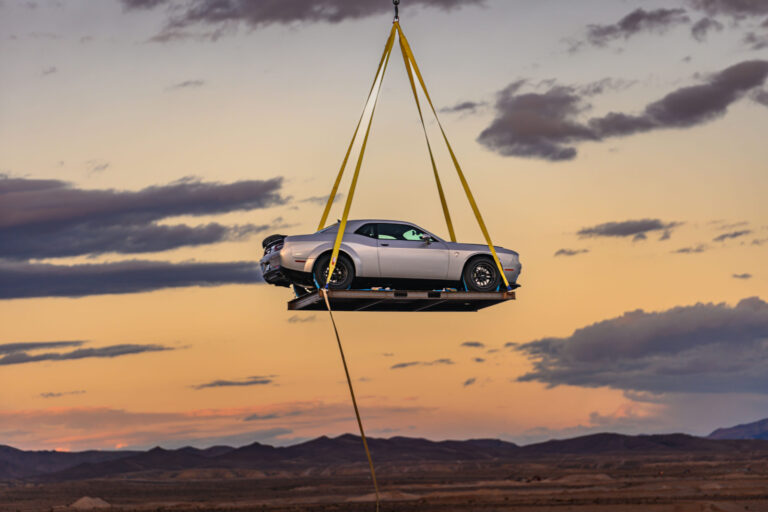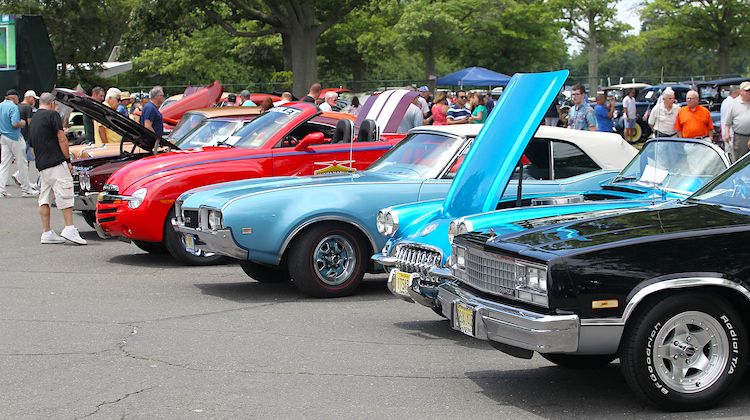The Sport of Hot Rodding Finds Its Voice
Edelbrock – Made In USA is one of the most fascinating and comprehensive writings on the history of the Edelbrock company as well as the evolution of the hot rod industry. Vic Edelbrock Sr. was at the center of this industry back when it all began. The following is an excerpt from Chapter Three.
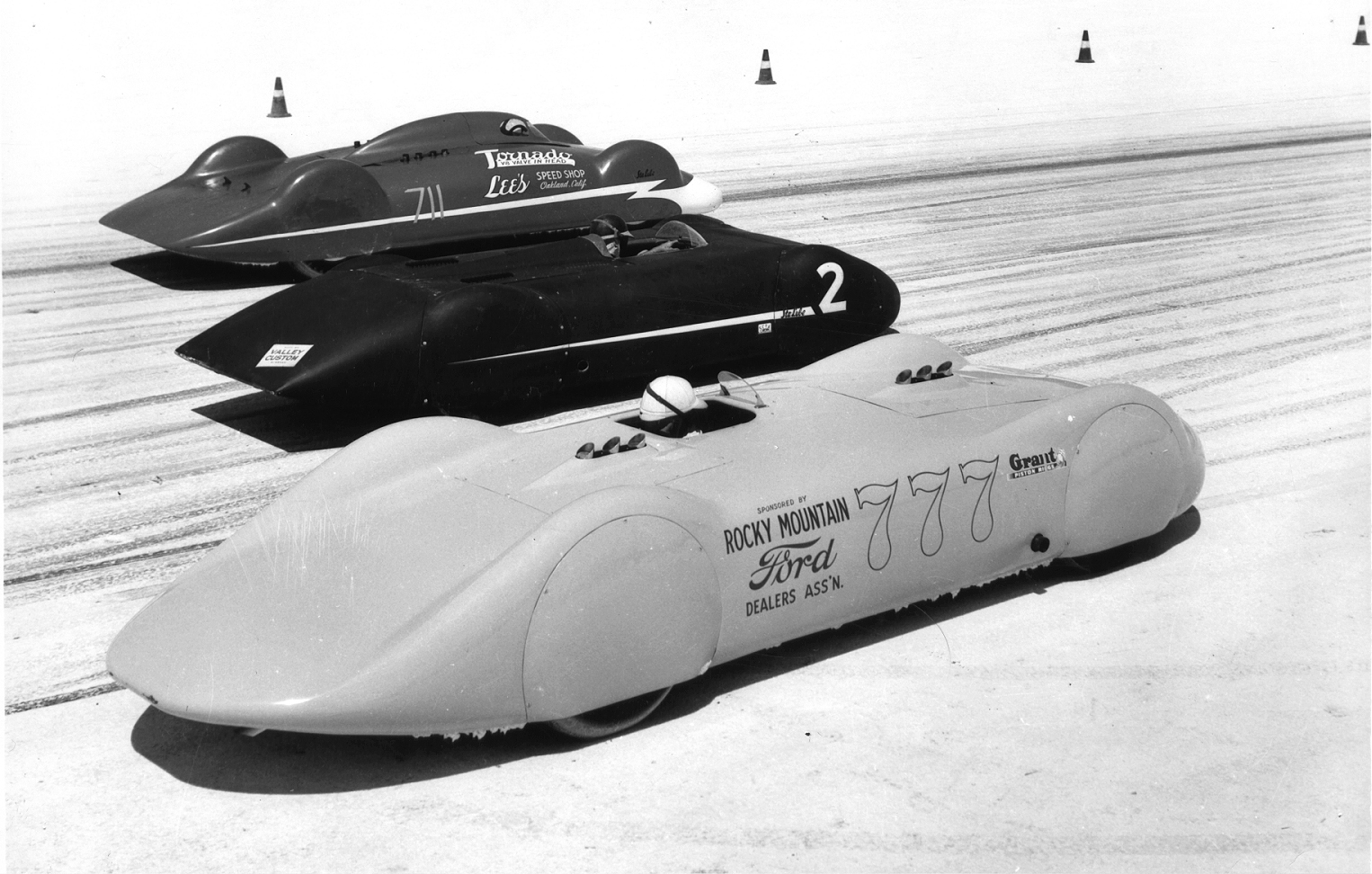
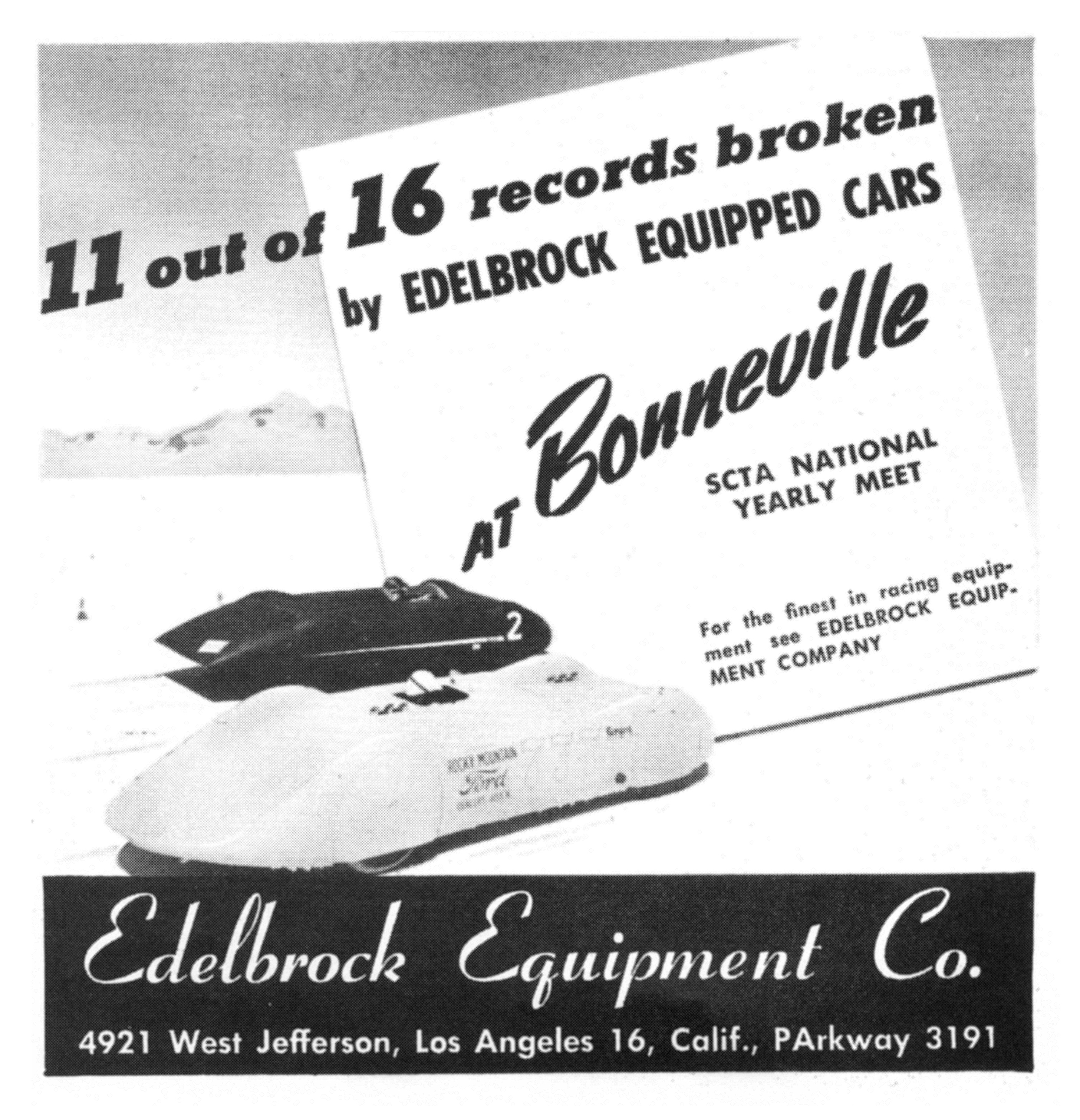
Robert E. Petersen was born in 1926, where his family lived in East Los Angeles, in Boyle Heights. He remembers the neighborhood as a great place to grow up. “All mothers on the block would watch over the kids, and the food was excellent.” As a teen, Petersen caught the car bug and began hanging out with the car guys; car clubs were just catching on. Petersen had no money and no way of getting to the dry lakes unless Bobby Meeks would stop by and pick him up on the way. When the Petersen family moved to the Palmdale area of Antelope Valley, he was closer to the lakes. As soon as he was old enough, prior to World War II, Pete began racing at Harper and Muroc. When the family moved back to Los Angeles, Petersen got a job as a publicist at MGM Studios. After the war, he became part of a loose-knit coalition called the Hollywood Publicity Associates, handling various types of public relations work.
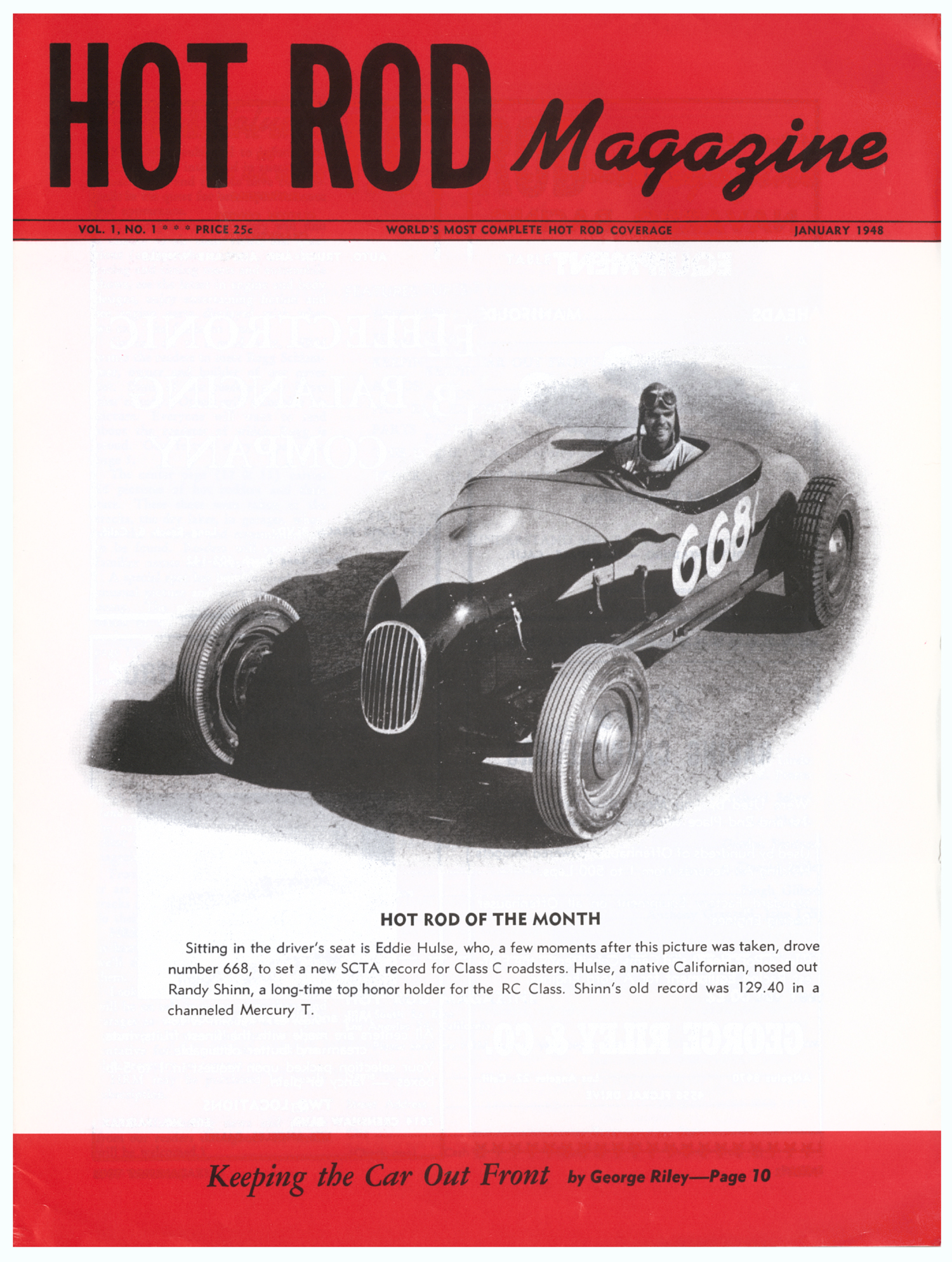
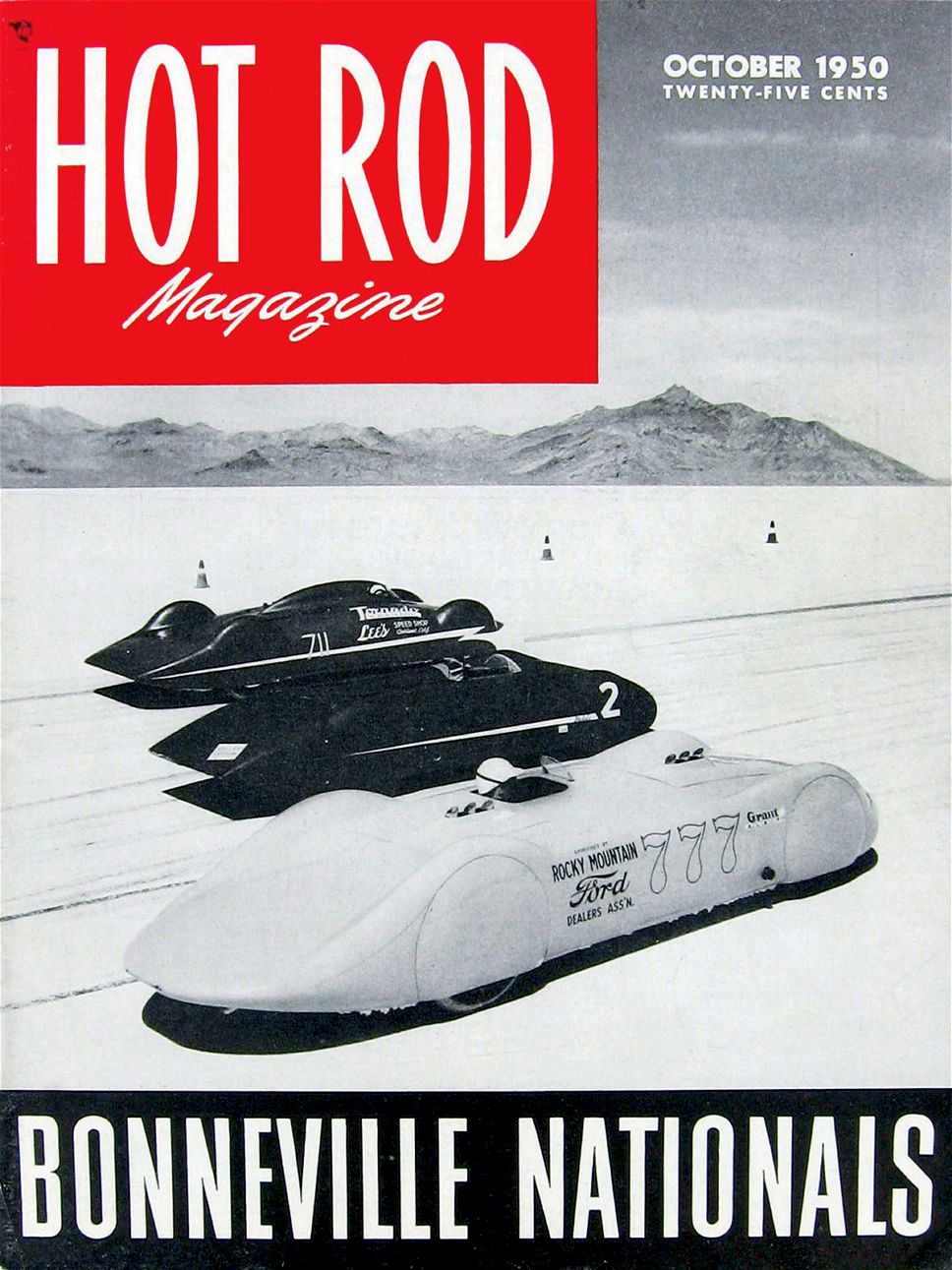
Wally Parks was President of the SCTA when increasing pressure from law enforcement and the National Safety Council about hot rodders and street racers forced Parks into action. He talked to Bob Petersen about becoming a safety spokesman for the SCTA. “Drive Carefully, Save a Life” became their motto. To give the hot rodders a better image, the campaign featured a car show called the Hot Rod Exposition, held at the Los Angeles National Guard Armory. Then, Petersen and another studio expatriate, Bob Lindsay, had an idea for a publication designed for the hot rod and racing interests of America’s youth. The two young men made it happen with help from Bob’s father who had connections in the publishing field, Wally Parks, and a staff that included Richard Sobotka, Lee Blaisdell, Don Miller, Hugh Gilbert, John Lelis, and Andy Granatelli of Indy 500 fame.

The first issue of Hot Rod magazine, dated January 1948, was actually released in December 1947, just in time to be sold at the first Hot Rod Exposition in Los Angeles. The car show was a huge success and the magazine well received. The National Safety Council backed off of their threat to close the lakes, and public opinion of the hot rodders turned from negative to at least neutral. Hot Rod’s first cover featured a Class C roadster owned by Reg Schlemmer, driven by Eddie Hulse, and reported to be the first hot rod to race on the Salt at the 1949 Bonneville Speed Trials. Within the issue’s 30 pages were features on racing at the dry lakes and the tracks of Southern California. Full-page photos displayed some of the hottest cars like Bill Burke’s “Sweet Sixteen” belly tank with driver Wally Parks. A piece called “Parts With Appeal” featured a cute girl, Jane Norred, holding a fuel pump. Ads in that first issue were mostly from California companies who made hot rod equipment like Sharp and Navarro manifolds. Winfield Carburetors shared an ad with Roy Richter’s Bell Auto Parts and noted custom car builder Jimmy Summers. There were speed shops like Blair’s along with Original Smithy Muffler Company, the Carson Top Shop, and the Douglas Muffler Shop. Puritan Homemade Candies and Hollywood Trophy Company rounded out the advertising package.


“When I first met Vic and we started working together, Junior was a little kid running around the shop, sweeping floors and trying to help the guys work on cars. Later when Vic Jr. took over the business, he became a real friend, and no matter what we needed for the industry to grow or to solve problems, Vic Jr. was always there. I think the old man would be very proud of his son.” — Robert E. Petersen, founder of Hot Rod magazine
From its humble beginnings, the Petersen Publishing Company became a true automotive giant. Petersen bought out Bob Lindsay a year and a half after the first issue. Wally Parks became editor and the early staff, which made the magazine a success from day one, stayed intact. This included Eric “Rick” Rickman, Hot Rod’s ageless photographer who used an airplane gun camera in the early days to shoot action at the lakes. There was lovable Tom Medley and his alter ego Stroker McGurk, the cartoon hot rodder who personified the hot rodder’s creed: If you can’t buy it, make it.

Petersen and his new magazine helped launch Wally Parks and the NHRA. After that, Bob and Wally organized the Hot Rod Safari, a team of racers who set up drag racing events across the country. By the third issue, Hot Rod was available in Arizona, Nevada, Utah, Michigan, Missouri, Minnesota, New York, Illinois and Pennsylvania. The fourth issue, dated April 1948, would feature Vic Edelbrock Sr.’s ’32 Ford roadster and his exploits at the dry lakes.

The first time Bob Petersen met Vic Edelbrock Sr. was on a sales call. He wanted Vic to place an ad in an early issue of Hot Rod. As Bob put it, “He was so busy all the time there was no room for creating an ad. But just by looking around the shop at all the midgets, roadsters and other race cars, I knew he needed to be advertising his products.” Vic, like many of the shop owners and manufacturers of the time, advertised in racetrack programs to attract local customers. When Hot Rod expanded nationally, Vic finally agreed, but only after Petersen volunteered to help put together the advertisement. Edelbrock’s first Hot Rod ad appeared in the May 1948 issue that featured Bob Pierson’s ’36 Ford coupe on the cover with a full story inside. Pierson was one of the prime users of Edelbrock parts, and the engine had been built by Vic and Bobby Meeks. After the magazine hit the market, Vic’s business started getting some action, so he bought a larger ad space in the September issue. Vic’s second ad featured Edelbrock cylinder heads photographed by Bob Petersen.

Edelbrock – Made In USA is a 324-page hardbound book that is still available from many retailers including JEGS, SUMMIT RACING EQUIPMENT and AMAZON.

